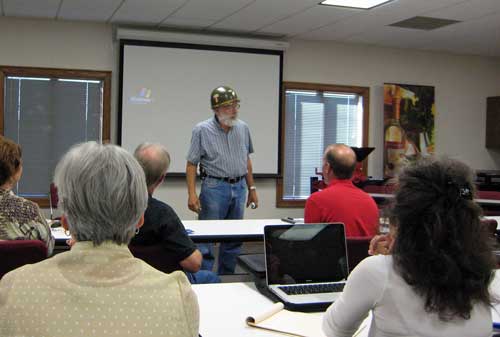
Texas Wine Quality: Something that Will Get Even Better the More We All Talk About It
Realize that now Texas wineries have obtained a certain level of acceptance from consumers and support by the legal system in Texas. They can go to and sell wine at farmers markets and wine festivals statewide. They can make wine and sell it from their tasting rooms, no matter if it’s in a wet or dry precinct [for those not in Texas, I am not talked about rainfall, here, but wet/dry for sale of alcoholic beverages]. But, I remember back to the days when a winery could do a public tasting, but legally the winery personnel couldn’t touch a bottle of their wine. Volunteers where needed to do that. Wine been a crazy business in Texas, but things have changed dramatically and it’s high time for all of us to focus on wine quality.
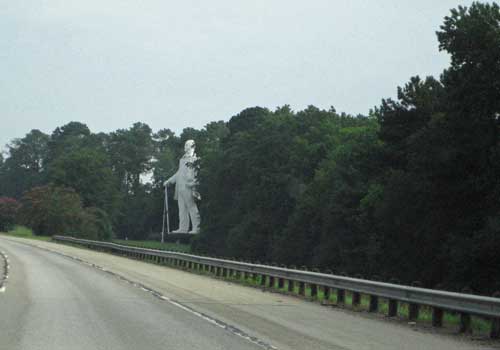
I left Houston yesterday morning, traveling north on I-45. Within the first hour, I was up in Montgomery County and facing a wall of tall green monsters; the classic piney woods sixty feet or more high lined the road and was joined by the huge statue of Sam Houston. Farther north, the land was dominated by lesser post oaks, some looking like green zombies with long shaggy hair and outstretched arms formed from tentacles of wild grapevines. Still farther north as I approached the blackland prairie, the black bark and lime green leaved mesquites made their appearance, a weed tree to most farmers and ranchers, but one that makes its considerable contribution to Texas cuisine through its oh so good smoke when burned.
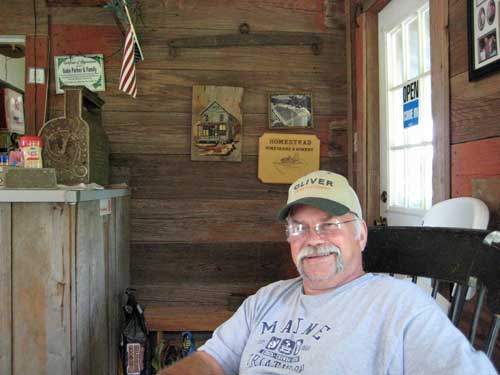
I spent the afternoon with Gabe Parker at the Homestead winery in Ivanhoe (http://www.homesteadwinery.com). It’s a place tucked down a narrow dirt road far back into the woods. You can imagine, only a few decades ago, the estate was home to a whole other kind of facility that produced a different alcoholic beverage known by many names – Moonshine, White Lighting, Bootleg Whiskey. Gabe started by acknowledging that he was likely the first member of the Parker family that produced a legal alcoholic beverage in North Texas.
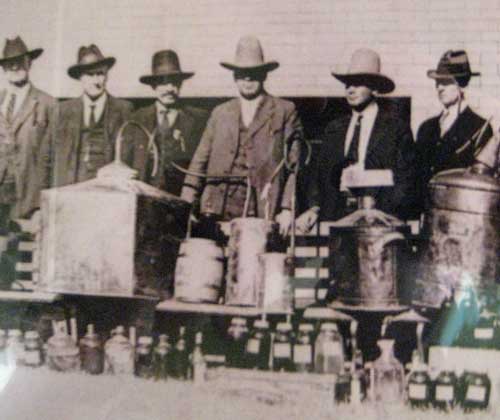
Then, we talked about the evolution of the modern Texas wine industry, the changes in the laws that we now acknowledge to be supportive, and how they actually came to be. As I departed for the wine quality reception, Gabe said, “Keep in mind that wine quality in Texas is something that will get even better the more we all talk about it – growers, winemakers, and consumers.”
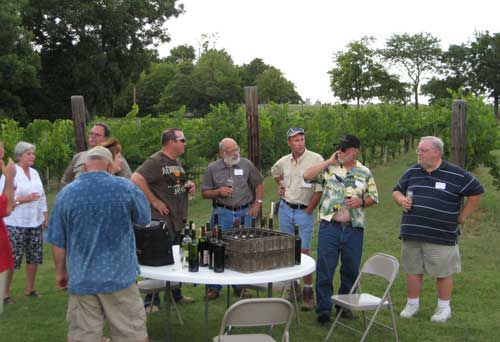
The festivities began Sunday evening at Grayson Hills Winery (http://www.graysonhillswinery.com) for a meet-up reception, some BYOB tasting and barbeque. It was a warm, muggy evening as we assembled alongside the vineyard. There was an eclectic mix of wines that started with the standard set: Cabernet Sauvignon, Merlot and Chardonnay. There were also new varietal wines from Texas made with Mediterranean varietals such as Barbera, Dolcetto, Viognier and Vermentino. The Becker Barbera and Mandola (Duchman) Dolcetto were fresh from gold medal performances in recent international wine competitions.There was also a Prickly Pear (Tuna) wine, a roadside grown Mustang grape wine, and even a chili pepper infused white wine that nobody seemed to have the courage to open.
We reassembled this morning at the T.V. Munson Center at Grayson College (http://www.tvmunson.org) for Wine Quality Boot Camp. Dr. Roy Mitchell, the camp commander called everybody to attention. The Monday morning presentations that followed addressed the concept of wine quality. It’s usually sensory based and can include comparisons to classic styles. However, it may include confrontation with historical critics (the gatekeepers that pass judgment such as wine writers), or judges in wine competitions. It can also get into analytical parameters that involve lab tests and field evaluations. From there, it get even more complicated as it gets into varietal character, wine styles, purity, flaws and complexity. Throw in doses of personal tasting preferences and winemaker’s ego and things really get more interesting [maybe even a bit confrontational] than easily quantified.
I think most here agreed that it’s not an easy subject to approach. In warm growing regions like Texas, the discussion often goes to consideration of alcohol content, acidity, tannic qualities, color extraction and stability, and wine longevity.
So, for the next day and a half, we will try to address and discuss these issues and hopefully, with only minor interjections of name-calling and outright fisticuffs.

Great article, Russ. Texas wineries have made great strides and are making some good wines. These type of events will eventually promote us to world-class stature. VintageTexas will help us get the word out. Cheers!
Well said, Russ. The next goal is to get Texas wineries — and I mean every winery, from top to bottom — to focus on quality. That means making the best wine possible with the grapes available, and not to fall into the trap of making wine that the winemakers like or wine they they think consumers will lile.